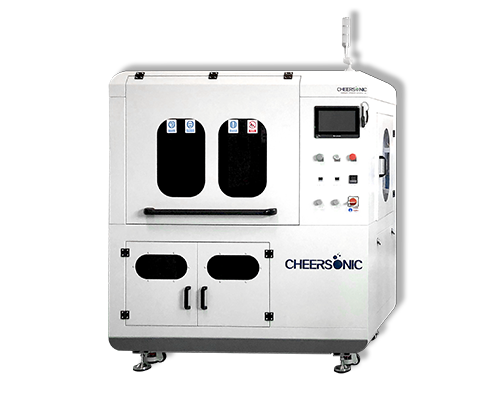Graphene Heat Dissipation Coating
Graphene is the material with the highest strength, the lightest weight, the strongest toughness, the best light transmittance, and the best electrical and thermal conductivity known to mankind. It is known as the most subversive “king of new materials” in the 21st century.
The heat dissipation coating we often say is actually a special coating that improves the heat dissipation efficiency of the surface of the object and reduces the temperature of the system. The principle of heat-dissipating paint is to dissipate heat in the form of radiation heat dissipation to reduce the temperature of the surface of the object. In addition to radiating cooling, the heat-dissipating coating can also have the characteristics of good self-cleaning, anti-corrosion, waterproof, fireproof, insulating, acid and alkali resistance, and convenient construction. Therefore, the heat-dissipating paint can be widely used in the external coating of substrate heat dissipation and pipe heat dissipation.
New Technology – Graphene Thermal Coating
With the continuous development of electronic circuits and communication technology, electronic devices and high-performance chips are also developing in the direction of miniaturization, light weight and high efficiency. The volume of electronic devices is gradually shrinking, and the high temperature generated by poor heat dissipation not only leads to unstable operation of the equipment, shortened service life, and even burns out some electronic components. Therefore, the problem of heat dissipation is a big bottleneck restricting the development of lightweight and high-performance devices. The current market mainly uses fin heat dissipation to solve the heat dissipation problem of electronic components, but the fin heat sink is limited by volume and quality, and the heat dissipation efficiency is limited, and it is difficult to meet the heat dissipation requirements of high-power electronic components.
Graphene cooling coating is a kind of coating that radiates heat from objects or accelerates heat exchange in the form of infrared rays. The temperature resistance range is -50 to 600 °C. The coating automatically radiates heat to the atmospheric space or the inner space of the object with an emissivity of about 0.92ε and an infrared wavelength band of 0.5-13.5μm, accelerating heat exchange, reducing the surface and internal temperature of the object, or accelerating the conduction of external heat to the interior of the object , increasing the heat exchange rate.
First, the temperature of the object is high, and the paint is painted on the object to accelerate the heat radiation to the space where the object is located and reduce the temperature of the object;
The second is that the ambient temperature is high, and the paint is painted on the surface of the object to speed up the heat transfer of the ambient heat to the object and improve the heat absorption rate of the object.
Graphene heat dissipation and cooling coating not only improves heat exchange, but also has the characteristics of good self-cleaning, insulation, anti-corrosion, waterproof, acid and alkali resistance, and convenient construction.
Graphene heat dissipation coating terminal application example
Application terminal—graphene-coated radiator: a radiator that reduces the temperature of the heating body chip of an electric heater and a radiator that reduces the temperature of the air-conditioning controller chip.
The radiator includes aluminum heat dissipation fins and a graphene coating layer, and the graphene coating layer is attached to the outer surface of the heat dissipation fin; the heat dissipation fin with the graphene heat dissipation paint coating is fixed on the heat source, and the heat source transfers heat to the on the fins, and then radiated through the heat-dissipating paint. The graphene coating layer increases the surface emissivity of the entire radiator, thereby increasing the heat dissipation efficiency, and improving the temperature reduction speed of the electric heater (air conditioner) controller chip, which can not only increase the service life of the chip, but also improve the The reliability of the electric heater (air conditioner) is reduced, the size of the radiator is reduced, the structural design is optimized, and the production cost of the radiator is reduced.
Ultrasonic Graphene Coating Spraying Machine
The inherent properties of graphene and the ability to uniformly deposit nanomaterials by ultrasonic spraying offer many possibilities for thin film functional coatings in electronics, solar cells, advanced battery technology and even protective layers. Ultrasonic spray technology has proven to be useful for spraying graphene and graphene oxide films, and has been studied in many new technologies. Ultrasonic spraying is capable of depositing highly uniform, extremely thin nanolayers with minimal overspray.

Ultrasonic coating systems are used to deposit nano-layer coatings with uniform thickness on substrates of any width. Even over a wide width, very thin coatings with high uniformity can be produced, which makes ultrasonic spraying technology particularly suitable for many precision nanotechnology spraying applications.

